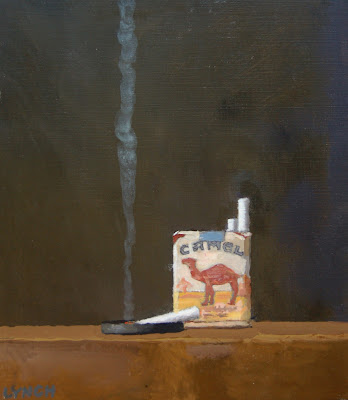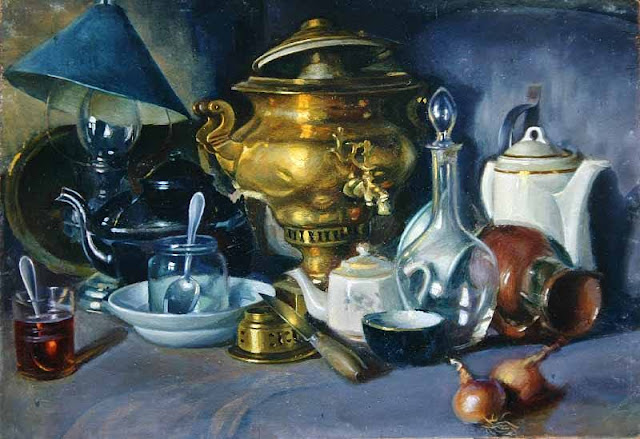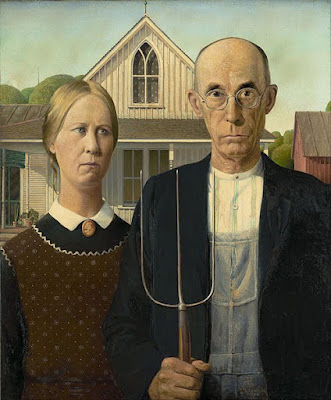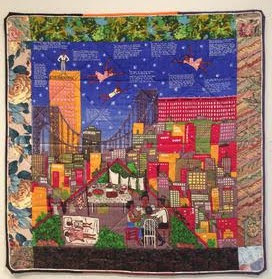Mike Lynch, "Camels"

This week we have a very special image. If you have not had a chance to look at last weeks, please take a minute and do, as today we have the exact opposite. Two still lifes that couldn't be more different. One week ago I wrote about a collection of objects and, now, I have only a vague memory of individual pieces. I first saw today's painting several years ago. It was screaming at me from across a room and I have never forgotten it; one object imbedded in my memory. The artist is Mike Lynch (1938-), a Minnesota painter of major distinction. A large majority of his work are landscapes, often at night, illuminating buildings passed along a lonely country road. But of all his work, I am especially attracted to this one. Just as his primary work has a basic nostalgic sentiment, so does Camels. They were the first cigarette on the market in 1917 and soon came to be America's favorite. Smoking a Camel was not for the weak of heart, it was a talent, and fo



